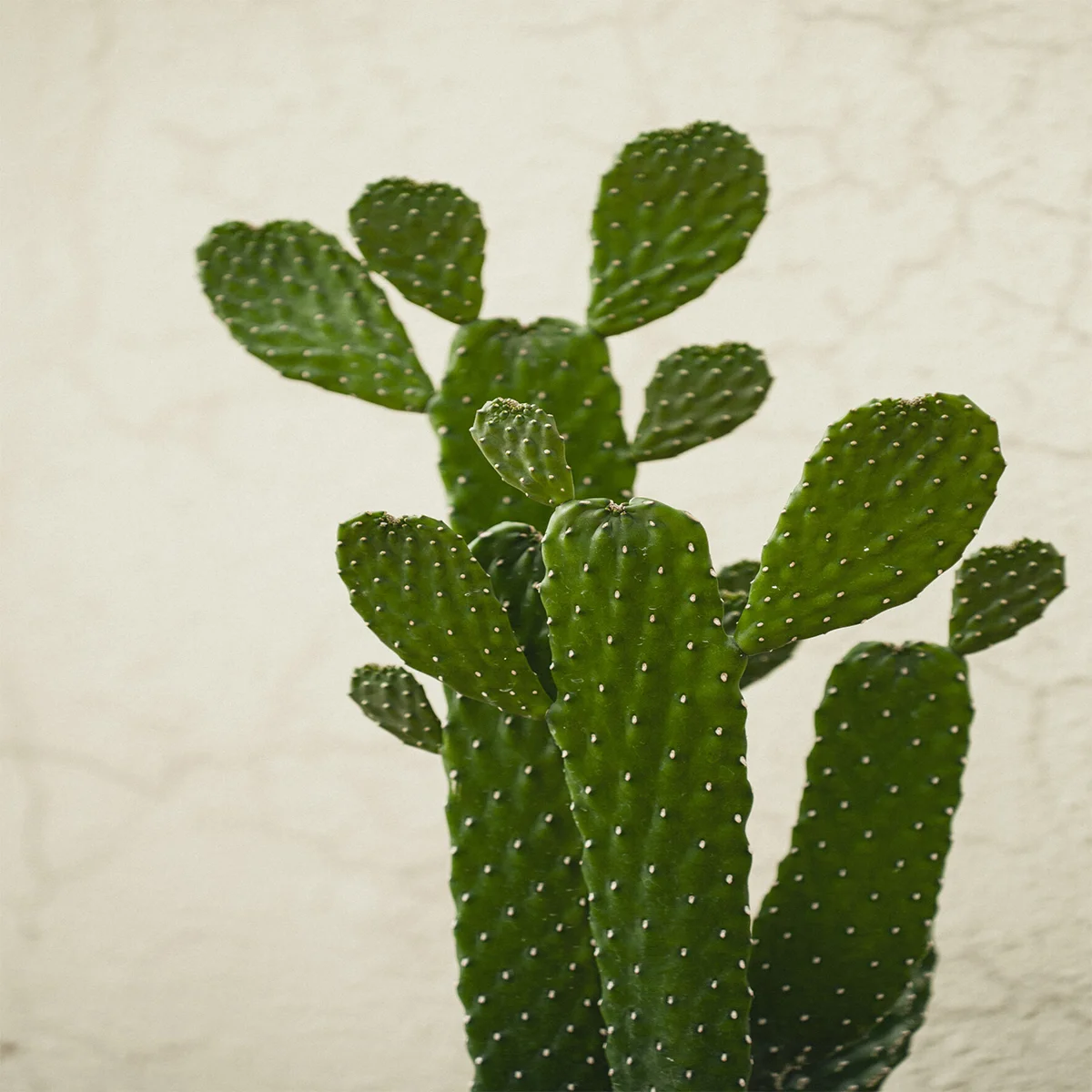Agave americana, known as the American Century Plant, is a prominent and iconic succulent that hails from arid regions of North America, including the southwestern United States and Mexico. This magnificent plant is renowned for its striking appearance, impressive size, and unique growth cycle.
Care of Agave americana:
Care: Caring for Agave americana requires attention to its unique needs as a desert succulent.
Sunlight: Provide this plant with plenty of sunlight. It thrives in full sun to partial shade. When grown indoors, place it near a south or west-facing window to ensure it receives adequate light.
Soil: Well-draining soil is crucial to prevent root rot. Use a cactus or succulent mix or amend regular potting soil with perlite or sand.
Watering: This plant is drought-tolerant and should be allowed to dry out between waterings. Water sparingly, and ensure the soil drains well. Overwatering can lead to root rot.
Temperature: This succulent prefers warm temperatures and can withstand occasional cold spells but is not frost-tolerant. Protect it from freezing temperatures, especially during winter.
Propagation: Propagate this plant by dividing offsets or pups that develop around the base of mature plants. Allow them to establish roots before transplanting.
Pruning: Remove dead or damaged leaves as needed, but be cautious of the spiky margins.
Container Gardening: When growing in containers, ensure the pot has drainage holes and repot as needed when the plant outgrows its container.
Characteristics of Agave americana:
- Appearance:
- Size: This plant is a large succulent that can reach impressive dimensions. The rosette of leaves can grow up to 6 feet (1.8 meters) in height and can spread out to 10 feet (3 meters) or more.
- Leaves: The leaves are thick and fleshy, with sharp spines along the margins and a sharp tip. They are arranged in a rosette pattern, and the color can vary from green to grayish-green.
- Life Cycle:
- Blooming: This plant is known for its infrequent but spectacular flowering event, which occurs after several years of growth. The plant typically flowers once in its lifetime, and the flowering stalk can reach impressive heights, often exceeding 20 feet (6 meters).
- Monocarpic: After flowering, the plant usually dies, a characteristic known as being monocarpic. However, it often produces offsets or “pups” around its base, allowing the species to persist.
- Habitat:
- Native Range: Originally native to Mexico, this plant has been introduced and cultivated in various arid and semi-arid regions worldwide.
- Adaptability: This plant is well-adapted to arid environments and is often found in rocky or sandy soils.
- Cultural and Economic Uses:
- Ornamental Plant: This plant is widely cultivated as an ornamental plant in gardens and landscapes due to its striking appearance and low maintenance requirements.
- Fiber Production: Historically, the fibers from this plant’s leaves have been used to produce various products, including ropes and textiles.
- Ecological Impact:
- Invasive Potential: In some regions where it has been introduced, Agave americana can become invasive, particularly in areas with a similar climate to its native habitat.
- Drought Tolerance:
- Succulent Adaptations: Like other agave species, Agave americana is adapted to arid conditions and can store water in its leaves, allowing it to survive in dry climates.
- Cultivation:
- Soil and Water Requirements: Agave americana prefers well-draining soil and is highly drought-tolerant. It is suitable for xeriscaping and thrives in full sunlight.







Reviews
There are no reviews yet.